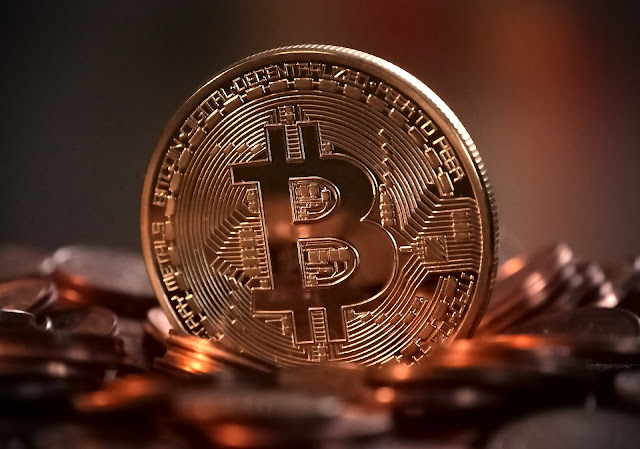pradhan mantri swasthya suraksha yojana PMSSY full details . Eligibility / Procedure / Benefits

Pradhan Mantri Swasthya Suraksha Nidhi (PMSSY) is a government initiative aimed at improving the health care system in India, especially in rural areas and under-served regions. The scheme provides financial assistance to state governments and institutions for the establishment and improvement of medical colleges, hospitals and other health care facilities. The objective of PMSSY is to provide accessible and affordable healthcare to all citizens of India. By setting up AIIMS-like institutions and medical colleges in various parts of the country, PMSSY is contributing to the development of the health sector in India. The scheme is an important component of the National Health Mission and is aimed at transforming the health and wellness landscape in India. One of the key objectives of PMSSY is to provide specialized medical services to people living in rural areas. The scheme provides financial support to institutions to set up medical colleges, hospitals and health and wellness cen...




